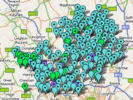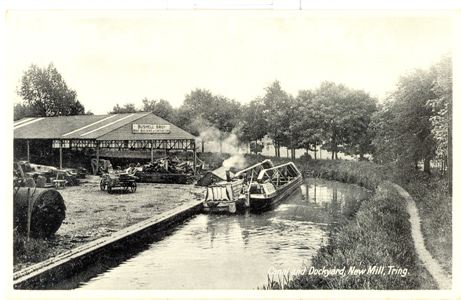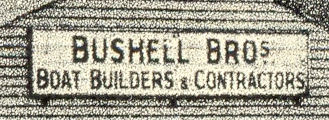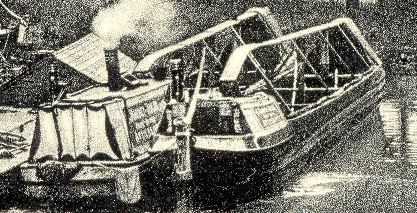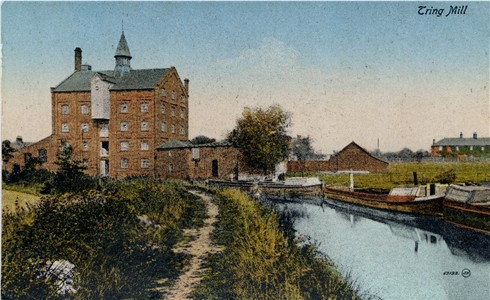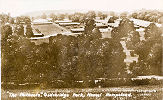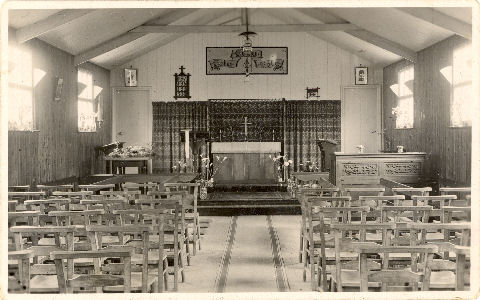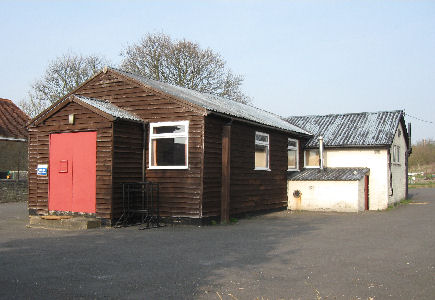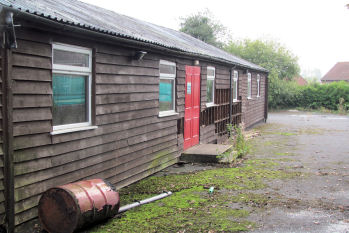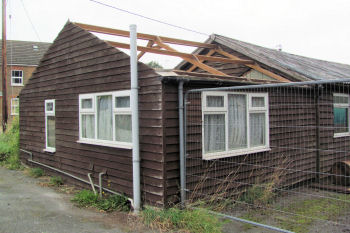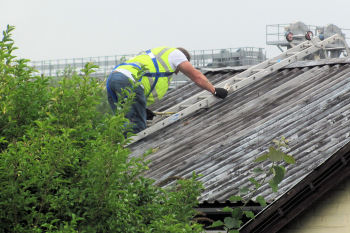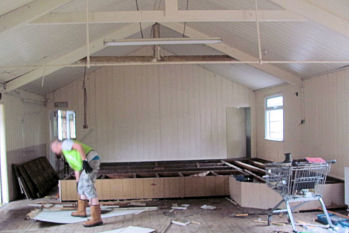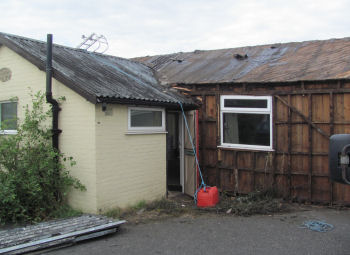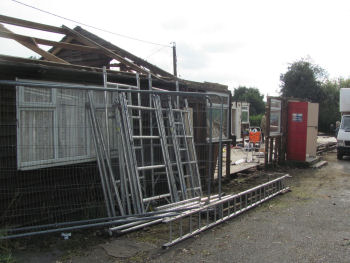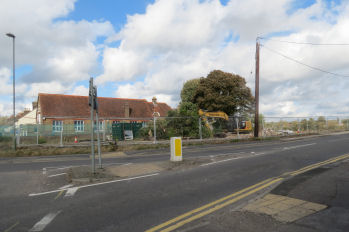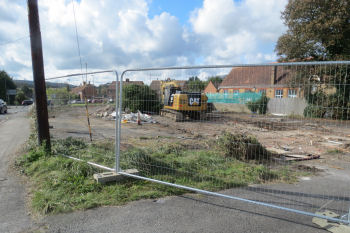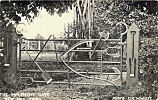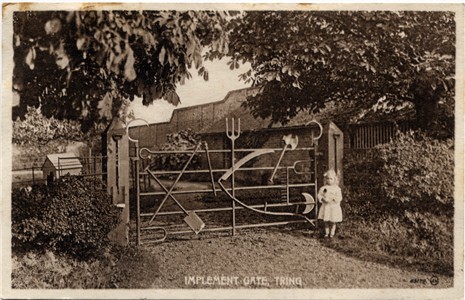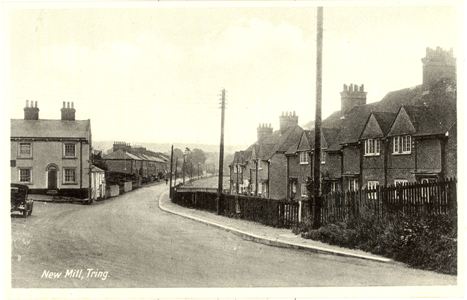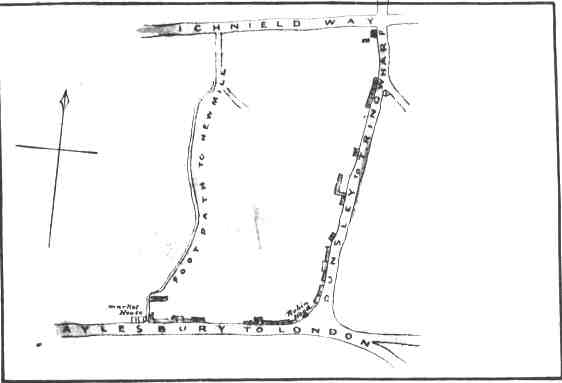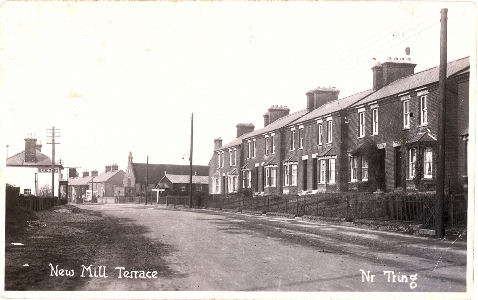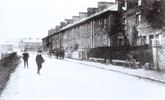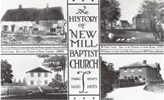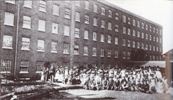|
Tring Mill
De Fraine &
Co, Tring
Valentine
JV - number obscured
In 1799 the Grand Junction Canal Company bought the water mill at New Mill and dismantled it but the canal was not finally completed until 1805. The loss of the mill, no doubt, created an opportunity for someone to build a windmill to take its place. The wharf at Tring was situated at the highest point of the canal and, with direct access to the barges for delivery of corn and distribution of flour, it was an ideal site for a windmill.
I have not discovered the exact date when one was built but it can be narrowed down to between 1805 and 1820. The millers for the first 30 to 40 years were all Grover's. They were wharfingers as well as millers and must have had a profitable business at Gamnel Wharf. The
1841
census listed a William Grover, 60, Wharfinger, and in
a separate household.
Thomas Grover, 35, miller. His son, William, was only 2 but Thomas had two millers working for him, John Hilsden, 35. and his son, John,
16, who lived in a
separate dwelling near the wharf. 11 to 13 years earlier, James Grover, William, the wharfinger's younger brother, had left the wharf to become the miller at Goldfield windmill, Tring.
About
1845 the Grovers gave up being both millers and wharfingers at Gamnel wharf.
[first paragraph of account in Cyril Moore's
Hertfordshire Wind Mills and
Millers]
|
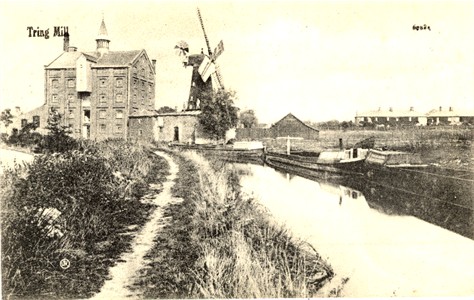 |
